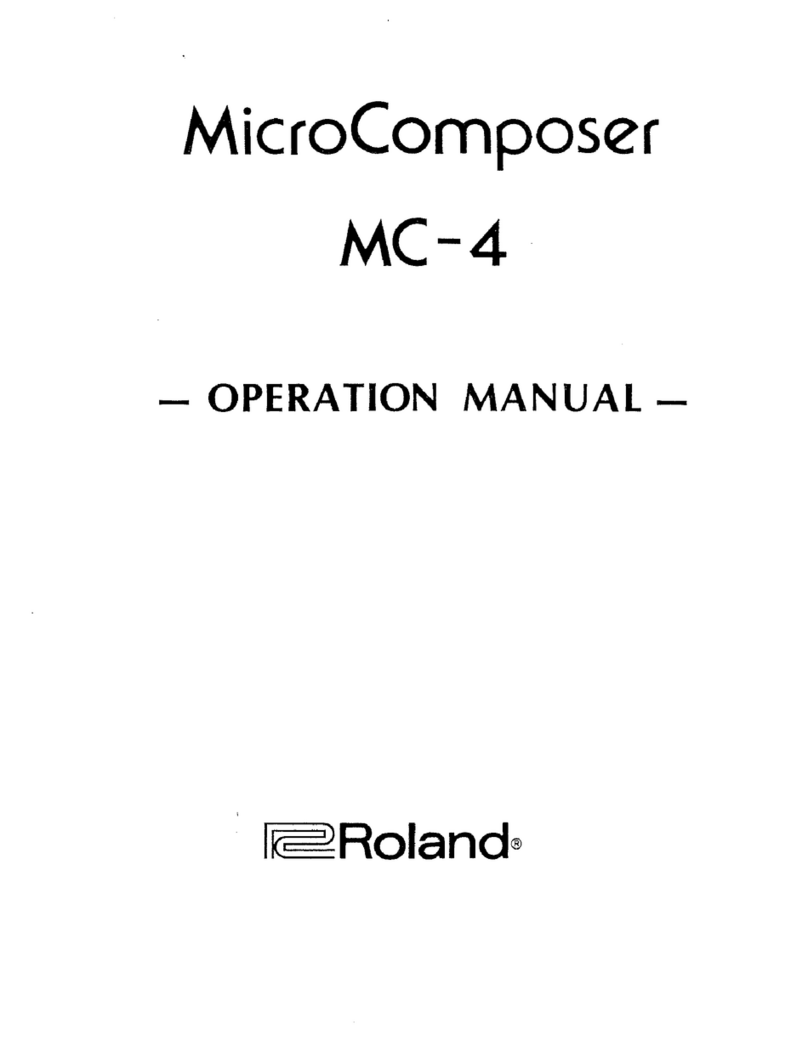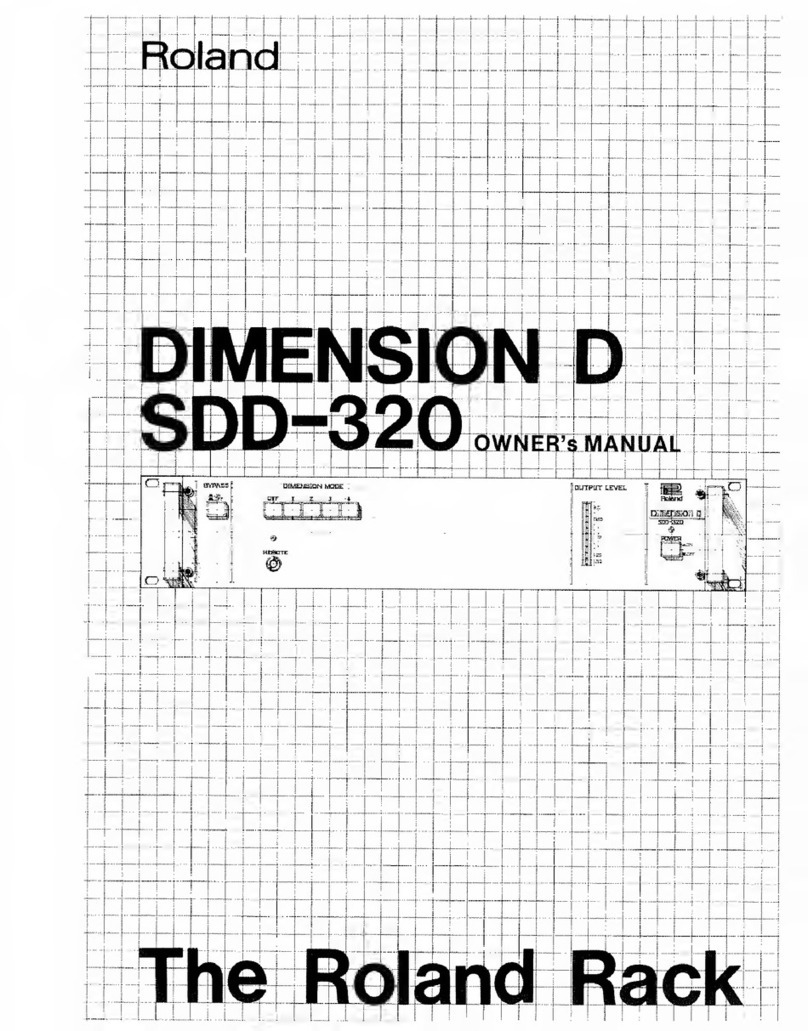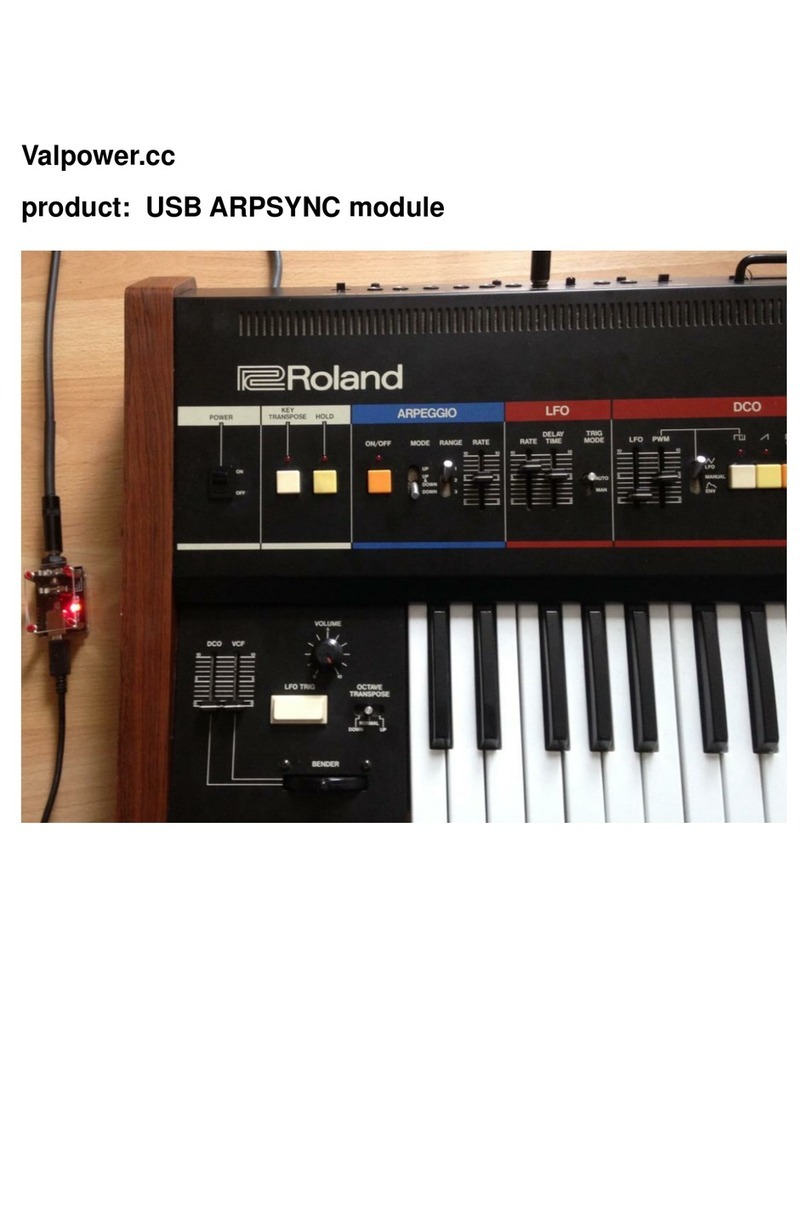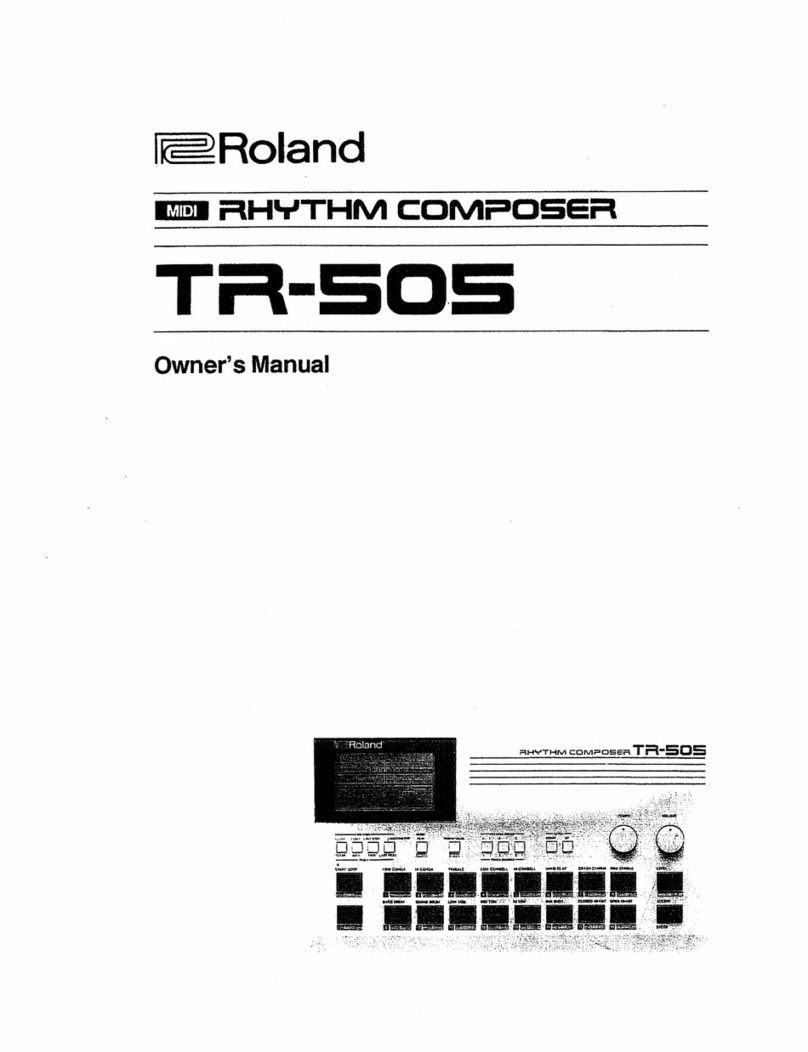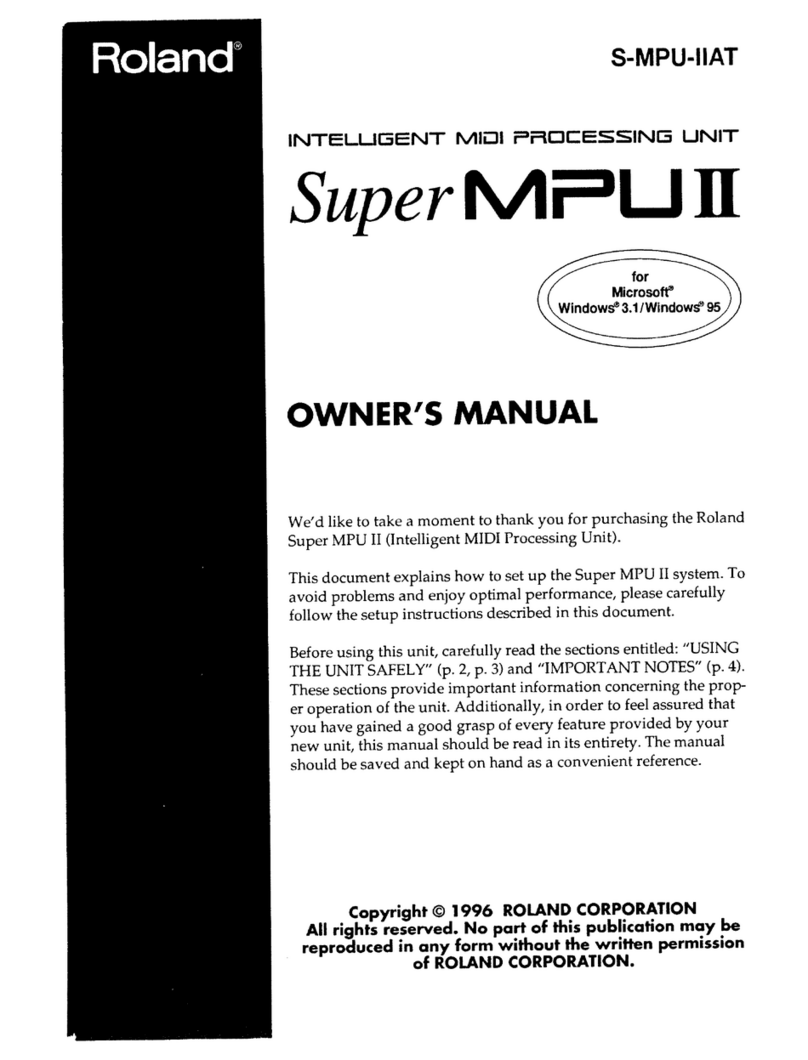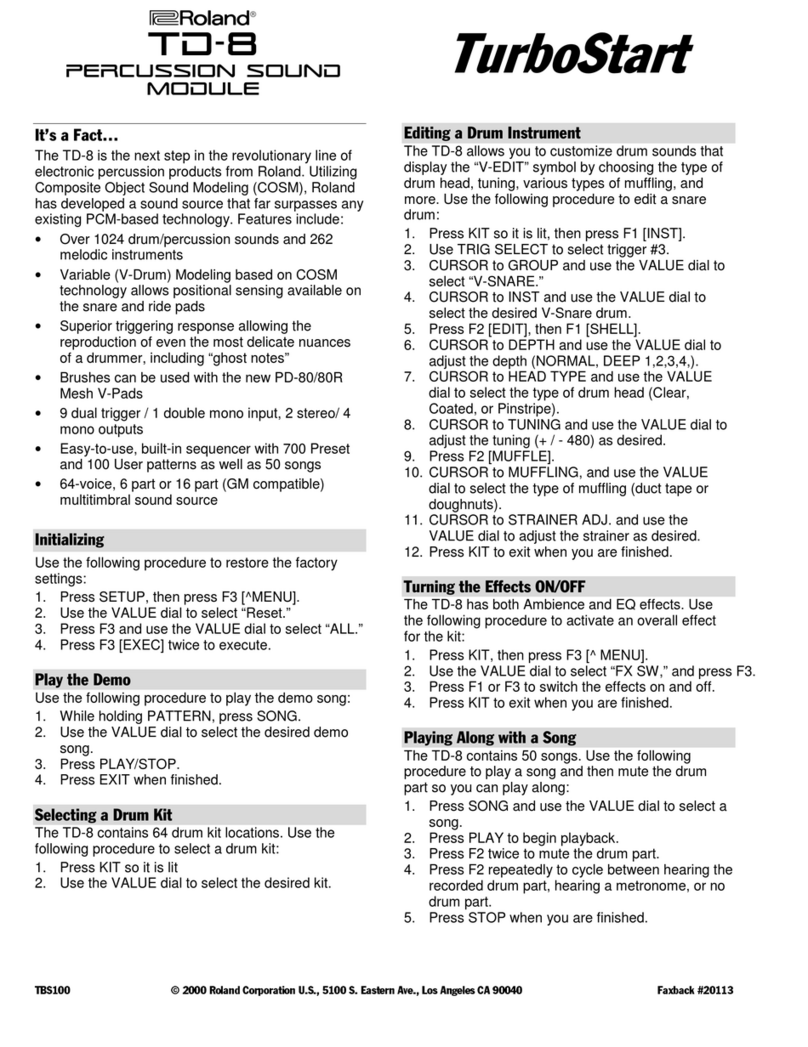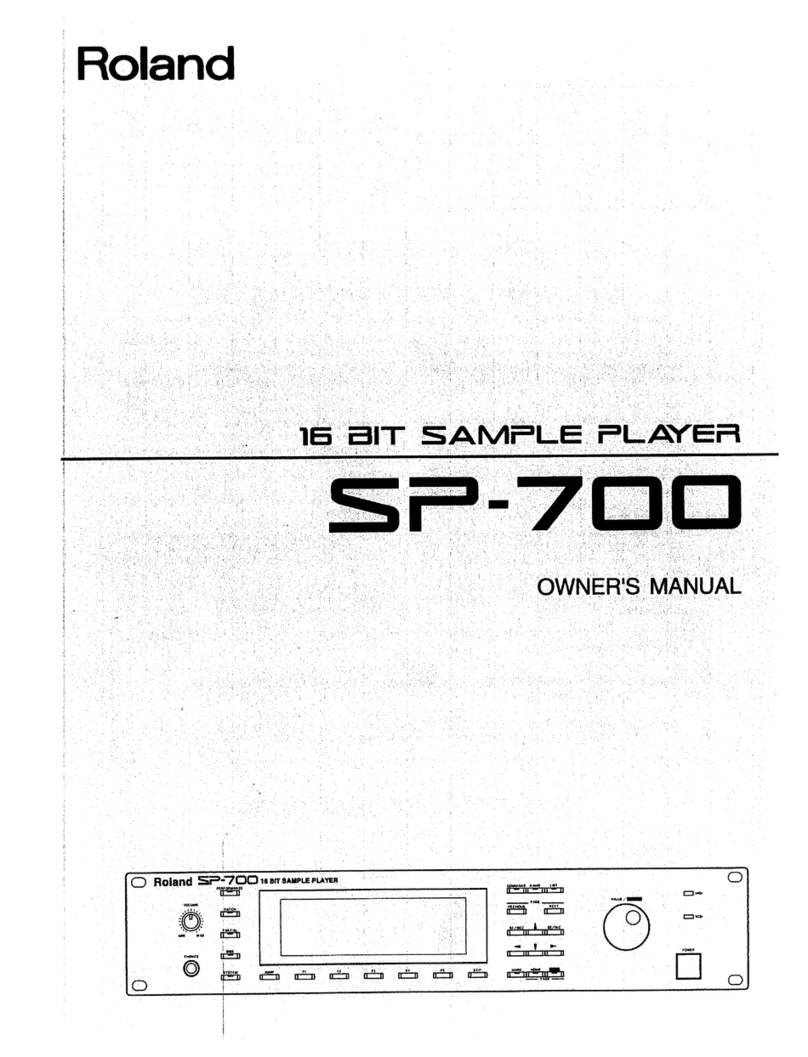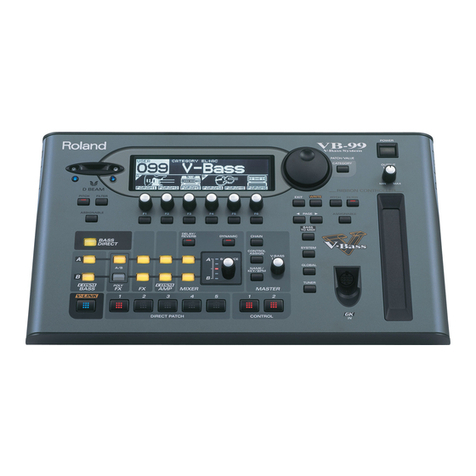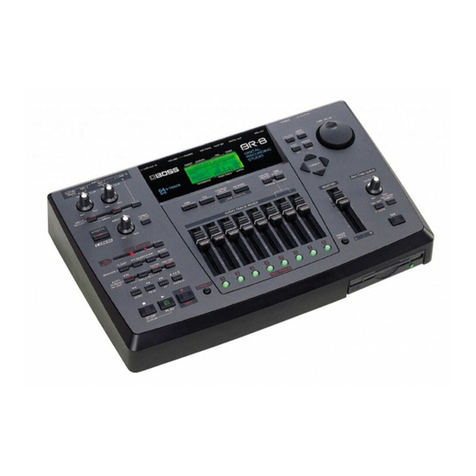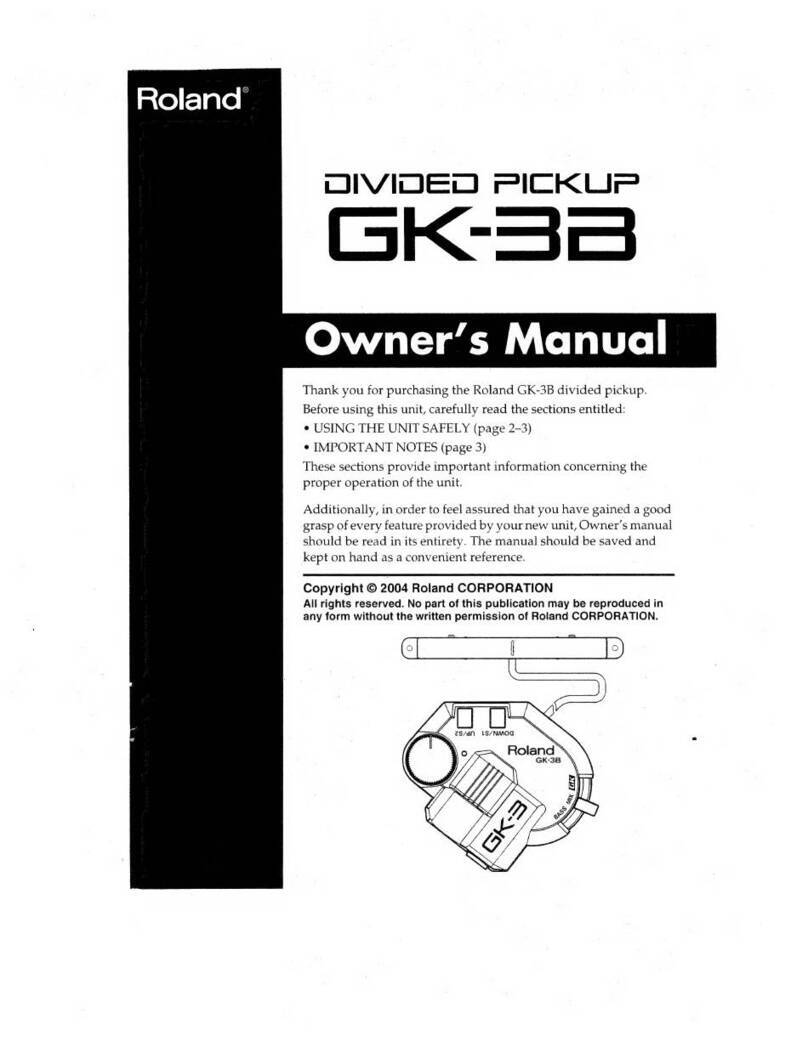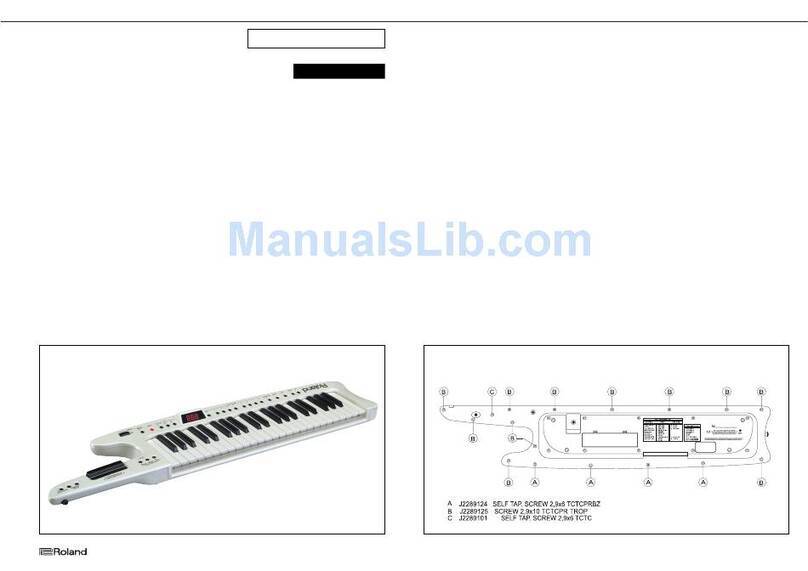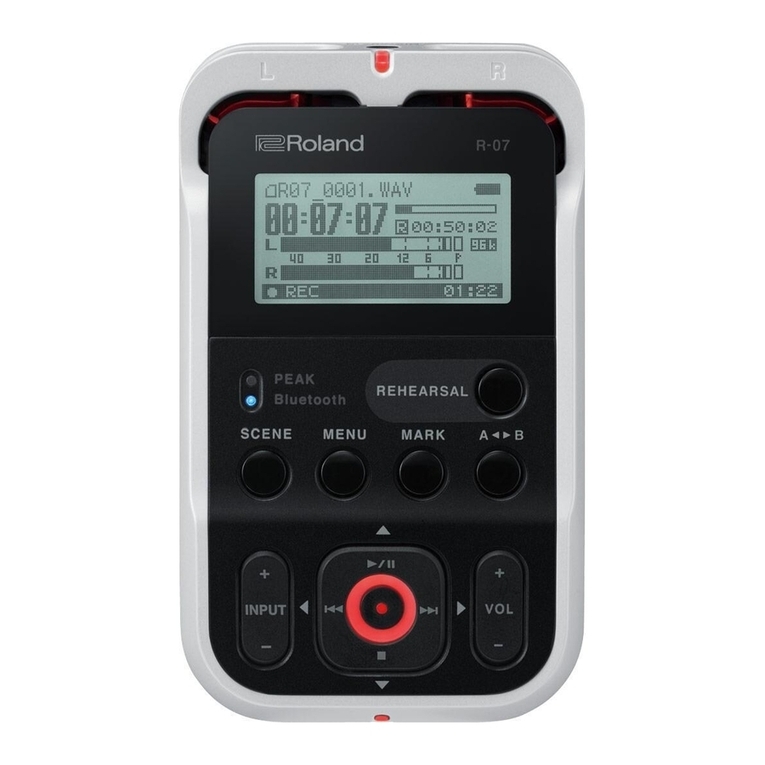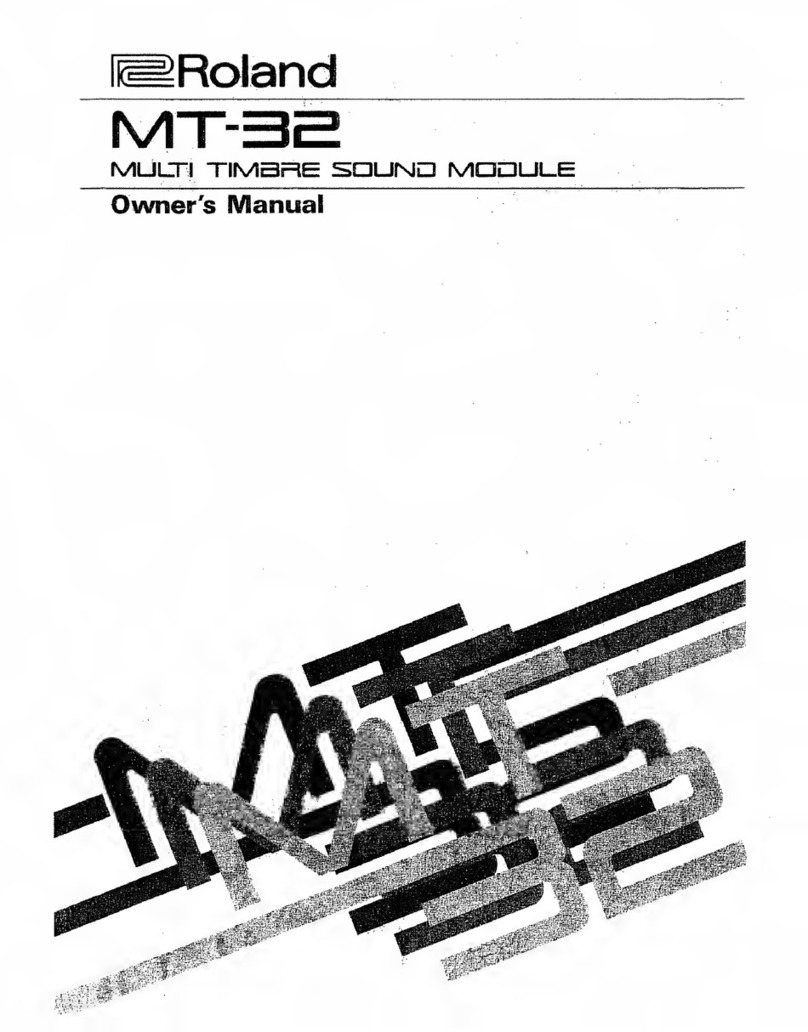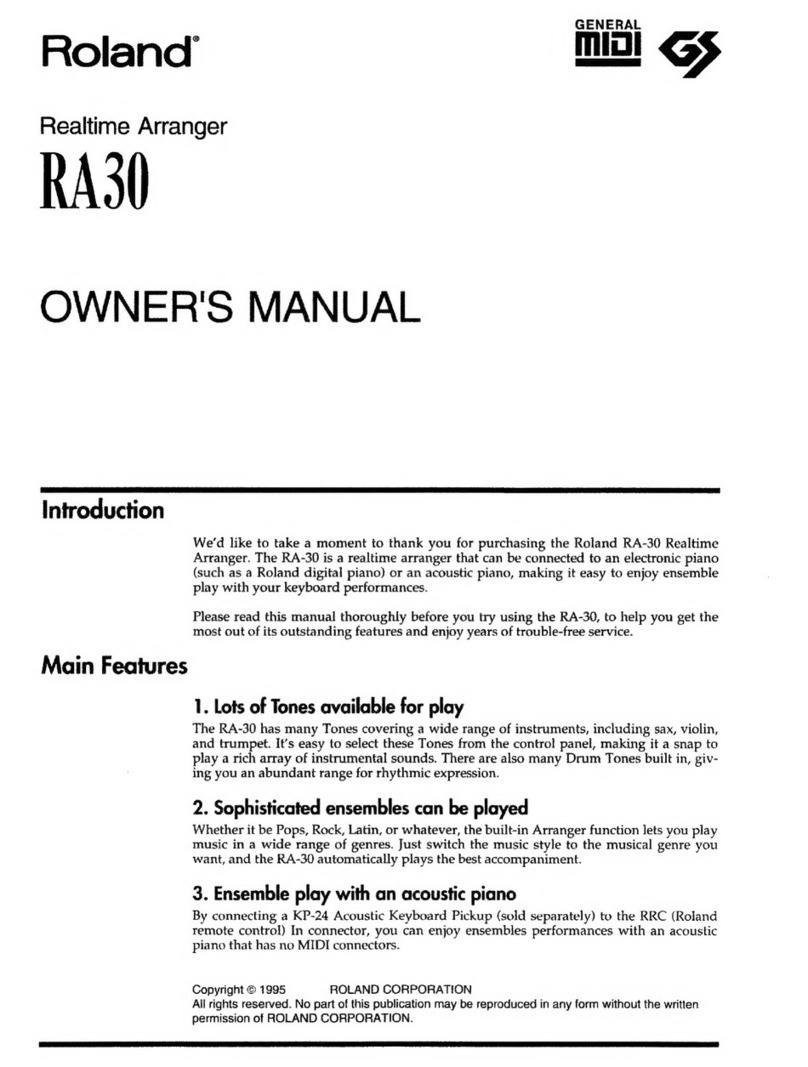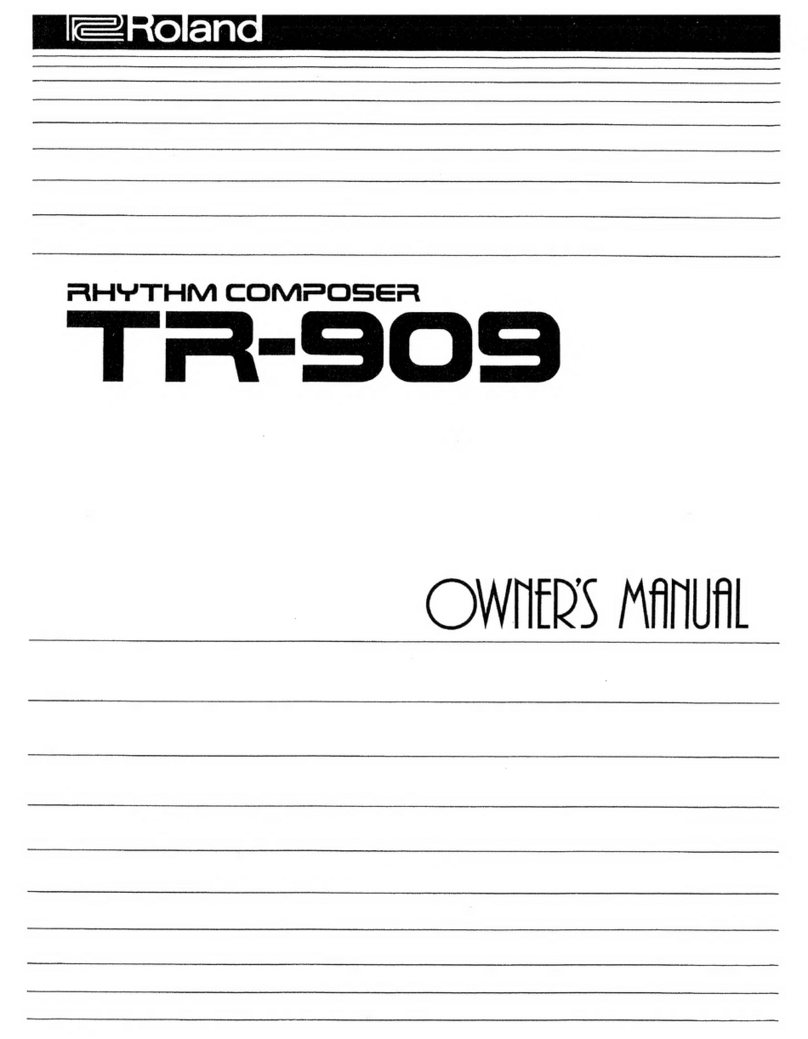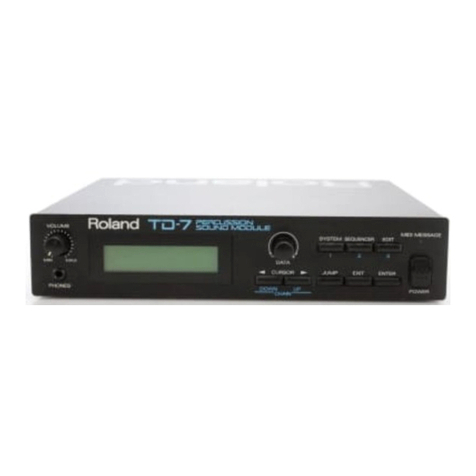CIRCUIT DESCRIPTION
JAN.13,1982
CPU BOARD
when CPU is initialized with power-on RESET signgi, it wants to read
operational program (software -instruction) stored at address (QOOOJi*
to starts controlling the MC-4.
With Os on the addreES bus [All A15) and MREQ, ROM Address
Decoder IC60 selects ROM [a] IC36 which in turn transfers data from
accessed memory cells to DO D7. CPU proceeds steps with fetch&d'
instruction.
The following Is one of steps wilt be done.
(1) To transfer d9ta to or fronn RAMs
(2) To transfer data to or from I/O ports or Programmable Tinner
ADDRESS MAP
ft _l
Ti l^ Tj
AO~/^lS^ 1IC 1fi.Zli
MJltfl "
WJ'
WA3T „.J U.
SiT -1J
r^ 1
vSi^
0000
27P?
ROM0 IC56
ROM AREA
IlOMjYj IQYd
BLAHE
4000 ICl-ICS
(CPU BOARD)
Rjm AREA
ICl-ICS
(RAM BOARD)
(RAM BOAED)
6000
cooo
{1> Accessing 1o HAMS ICl-IGS
The CPU places RAM address onto Address bus, then outputs necessary
signals as shown in Fig, 2.
Eight 16K Xtbit RAMs are connected in parallol to form a16K )c8 bit ^
RAM block. The 14 address bits required to decode 1of the 16,384 cell a9-xU
locations within M5K4T15 are multlptexed onto 7address inputs ICffifq
(A0-A6-) of RAMs, First, low&r order 7bits ara fad to RAM$ through f^
RAM Address Multiplexers (I C9 and ICl 1)and latched Into the RAMs'
on-chip ,gddres5 latches by HAS. Second, higlier order 7bits ara fed to "^
the RAMs when SEL pins of IC9 and IC11 go Sow by the delayed t]o~dt
MREQ coming th roughpjn 8of fC12. Thess 7bits are latched into wait
RAMs' chips with CAS fed via RAM Address Decoders (iCTOand IC12),
and an acGes to RAMs completes. Data are stored into selected cells by
acombination of WRITE and CAS, qr re^trieved from the memories
in aread cycle in which CAS is actJ'vt low.
OJk CONVERTER
The digital outputs from the PORT Aof INTE RFACE \\C29| are level-
shifted by the transistors {TR5-TR11), pa$s through the CMOS
INVERTERS (IC27, !C2a), and undergo addition by the weighing
resistors to become an analog voltage. Since the MC-4 has eight CVe,'
eighi data are sampled in the tine sharing system by the 4051 DMPX
!IC46^h?|[Jbythe 081 (IC47-fC54] and output to the output jacks.
The resolution of the D/A converter is 1/'12V, which corresponds to a
half-tone Etep voltage.
The resistance error at the most sfgniflcant t>it, which affects the output
error most significantly, is corrected by adjusting the VR3,
The VR2, equivalent to the width control of asynthesiser, should be
adjusted so that the output changes in 1/12V step. The VR4 is used for
offset adjustment of IC25.
For the GATEs (GT1-GT4) and MPXs {MPX1-MPX4), digital data are
sampled by IC43 in the tinie sharing system [see Fig. 4).
CMT BUOCK
Thi5 block is composed of the input/output circuits for CMT DATA
and TAPE SYNC CLOCK, Th& selection of CMT mode (CMT DATA}
and PLAY mode [TAPE SYJ^C) IS don& by tha hardware (IC41).
The output section delivers an approximately 2JKH!; signal wher> the
DIGITAL DATA is Hand an approximately I.SKH:: signal when the
data is L(see J^ig, 5}.
M
T. Tr T,
Mrr,*Qr,WrJtcCjTrlt ^
T, T. T. —
1'" ^MftijOU. .1nynnr w^in il|
\^ _r~ \ij
\_ ,. .;
rpi IU
DtmDtT >"
.J L.ij L
(2) Accessing to Timer IC30 or lyo Ports IC29 and IC58
The CPU places port address (lower order 8bits, A0-A7] onto the
address bus, then outputs lORQ, etc. as shown in Fig. 3.
As previously explained in CPU terminal functions "ADDRESS BUS",
Port Address Decoder ^IG571 selects the device which in turn reads or
writes data.
iirr:
_r
rMPxV \\\\ \
GT '^ GT \GT \QT \
4 3 \2\1\
MPX MPX MPX
C111IQ
B110 110
A1 1 1 I QFig. 4
S.6Vpp (appr&x.)
JiMJiiJijmriJiiuiMMJUii^
Fig. 5
Fig. 3
For frequency modulation. IC4:2 is wired as afunction generator whose
frequency shifts to the other as R121 is connected to distjonnected
from charging/discharging time constant by F£T SW (TRT5|.
The zen&r diodes (D11, Dl2) are used to prevent tiie output of the
comparator OP amp [operating on 413V arid -15V) from becoming
ur^balanced and to keep tfio duty ratio of the oscillation square wave-
form to 50%. At the input section, asignal from the CMT/SYNC IN
passes through apassive band pass filter and rs ampljfied by the OP amp
(1023). The signal funher pas&es through adiode limitler, is amplified
by !C22 and is separated into asignal for control and asignal for
denriodulation, The signal fordemodulation is democfulat&d bythePLL
(IC19) and the comparator {IC20) and is read via tha S255
INTERFACE {IC5S).
The signal for control passes through arectification circuit and Is
applied TO the tr&nsistor switches (TR^, TR3t to set TP3 in active state.
(While the CMT or SYNC signal is not inputted, TP3 is fixed at Llevel.)
ISee Fig, 6,|
i«5 -^ 7juirurLrumjUL
^JIII
Fig. 6

